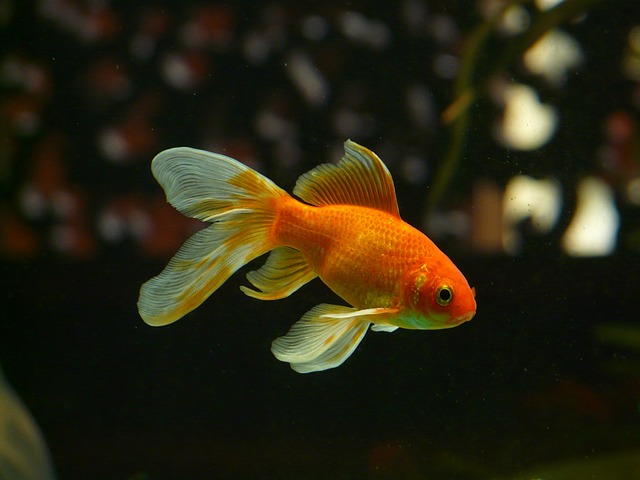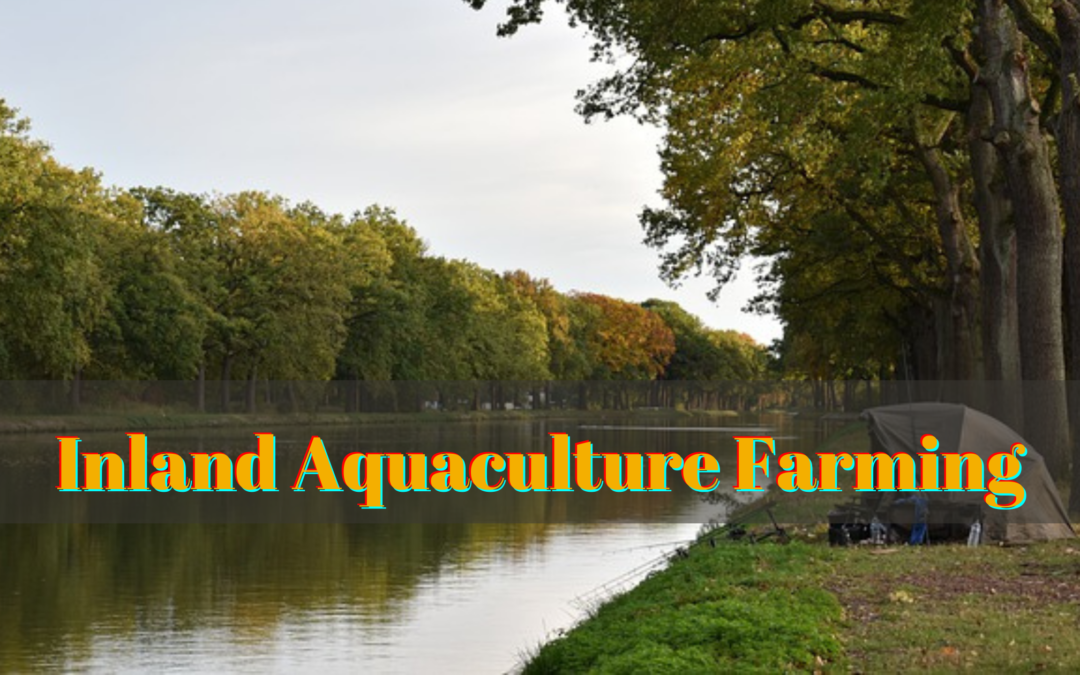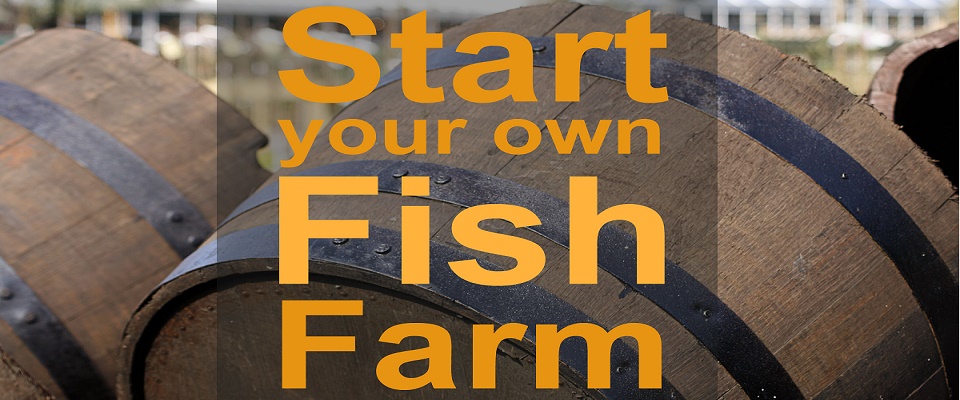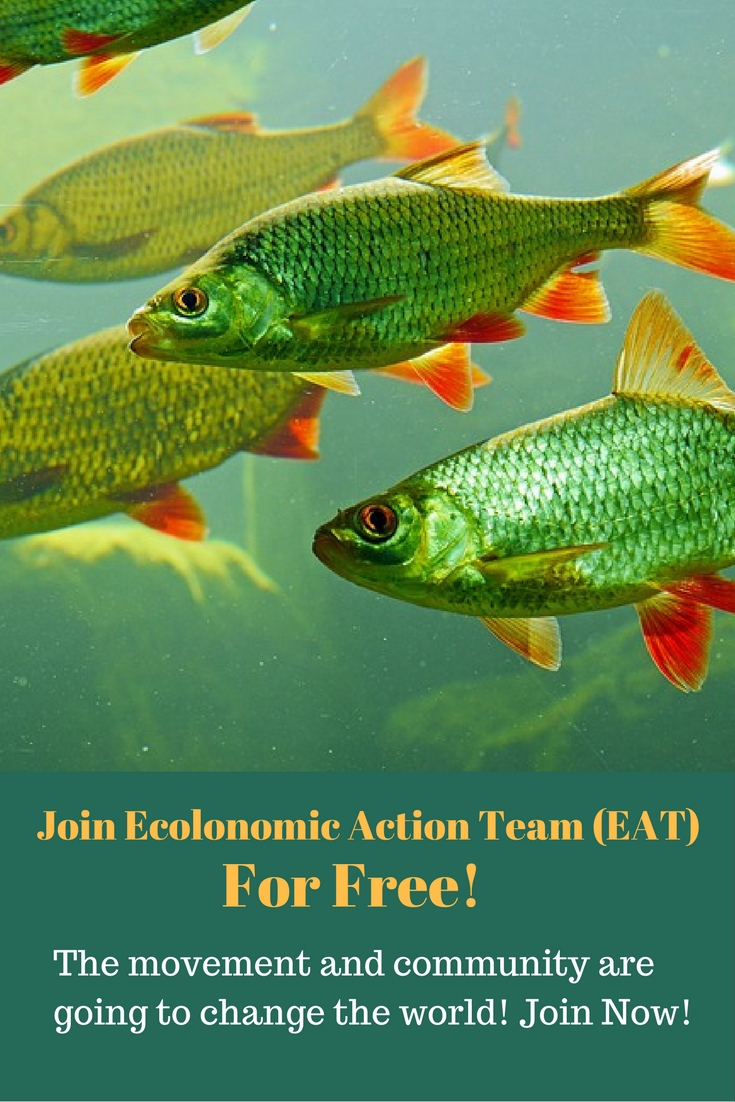According to the FAO 2018 report, aquaculture farming of seafood is said to be nutrient efficient and greatly helps with meeting the growing demand for protein. Aquaculture supports domestic seafood production and also creates businesses and jobs for both coastal and inland communities. It complements wild fisheries effectively and provides the locals with fresh and sustainable production of seafood.
Impact of Aquaculture on Environment
Just like any other human activity; aquaculture can have some effect on the environment. However, increased adoption of advanced technology and management techniques have greatly helped in replacing some of the activities that were of environmental concern in the past. Better alternatives are continually being integrated into the process of practicing aquaculture farming. Some of the modern practices that have been given emphasis include; net-pen engineering, appropriate siting, and health management programs which to a great extent minimize the impact of aquaculture on the environment.

There are practices that have also been adopted to help with protecting the water quality and the environment. Improvement of water quality is vital as the animals get to filter the water when feeding. The environment can be improved by farming a range of species and also increases the complexity of the habitat that in turn supports more organisms. Various studies have reported that the use of ocean net-pens for finfish can help improve recreational fishing in the surrounding environment.
Importance of Inland Aquaculture Farming
Inland fish farming relocates shrimp farming culture from the highly sensitive coastal areas and ecosystems to inland areas. For farms that use low-salinity water, the effluent that gets extracted from the farm can be used to irrigate various crops and that effectively helps in addressing effluent disposal issues. When setting up an inland shrimp farm, there are a number of factors that should be taken into consideration including environmental factors such as the introduction of exotic species in areas where the species is not endemic.
Inland shrimp farmers should consider reusing their water which then prevents effluents from entering the natural sources of water and also conserves saline water for the shrimp culture. Water reuse systems should have water treatment reservoirs in place including wetlands to help improve water quality. Sediment shouldn’t be removed manually from the ponds and discarded within the farm area. It’s important to note that sediment from the inland ponds will have salts that are likely to leach out after rainfall and the leach can to some extent affect surface or underground water and soil.
Farmers should opt for embankment ponds instead of watershed ponds since they tend to have large overflow amounts after rainfall. A shallow ditch should be constructed around the pond to help prevent runoff of the saline water onto the adjacent land.
The inland aquaculture will undoubtedly continue to expand into new areas due to the numerous advantages that it has over coastal areas. Since not all of the water sources are suitable for inland shrimp culture; the first step if considering venturing into aquaculture is to first test the water. Inland aquaculture farmers are encouraged to adopt good practices that can help prevent soil and water salinization.
P.S: Visit our EAT Community to get more information on Inland Aquaculture & Farming. You will get access to hundreds of webinars and valuable information on the various forms of farming. You can also get to engage with thousands of members of the community and a team that is already engaged in successful aquaculture.



